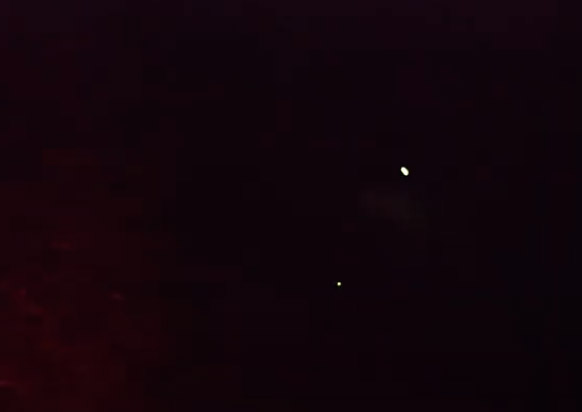So, these spiders can bite if they feel threatened, and it’s kind of like a bee sting, so try not to muck with them.
There is some really interesting information about this spider on Wikipedia:
“The female builds a substantially larger web than the male’s small zigzag web, often found nearby. The spider occupies the center of the web, usually facing straight down, waiting for prey to become ensnared in it. If disturbed by a possible predator, she may drop from the web and hide on the ground nearby. The web normally remains in one location for the entire summer, but spiders can change locations usually early in the season, perhaps to find better protection or better hunting.
“The yellow garden spider can oscillate her web vigorously while she remains firmly attached in the center. This action might prevent predators like wasps and birds from drawing a good bead, and also to fully entangle an insect before it cuts itself loose. However, in a case observed in Georgia, Davis witnessed a Vespa crabro fly into the spider’s web and get tangled up. Upon looking closer it was found that V. crabro was actually cutting free prey that had been caught in the A. aurantia web. In this case, A. aurantia did not interfere or fight with the European hornet, probably because it dropped from the web and hid nearby.
“In a nightly ritual, the spider consumes the circular interior part of the web and then rebuilds it each morning with fresh new silk. The radial framework and anchoring lines are not usually replaced when the spider rebuilds the web. The spider may be recycling the chemicals used in web building. Additionally, the fine threads that she consumes appear to have tiny particles of what may be minuscule insects and organic matter that may contain nutrition.”
Alternate Name: Zipper Spider, Black and Yellow Garden Spider, Golden Garden Spider, Writing Spider, Zigzag Spider, Black and Yellow Argiope, Corn Spider, Steeler Spider Size: Males: .20–.35 in, Females .75–1.10 in Family: Araneidae Habitat: "Yellow garden spiders often build webs in areas adjacent to open sunny fields where they stay concealed and protected from the wind. The spider can also be found along the eaves of houses and outbuildings or in any tall vegetation where they can securely stretch a web." From wikipedia.com...also in your garden! Identification: "On females, the top side of the abdomen is black with symmetrical patches of bright yellow. The legs are reddish brown at the base and black toward the tips. Males are less striking in appearance—they are smaller with brownish legs and less yellow coloration on their abdomens." From nwf.org









